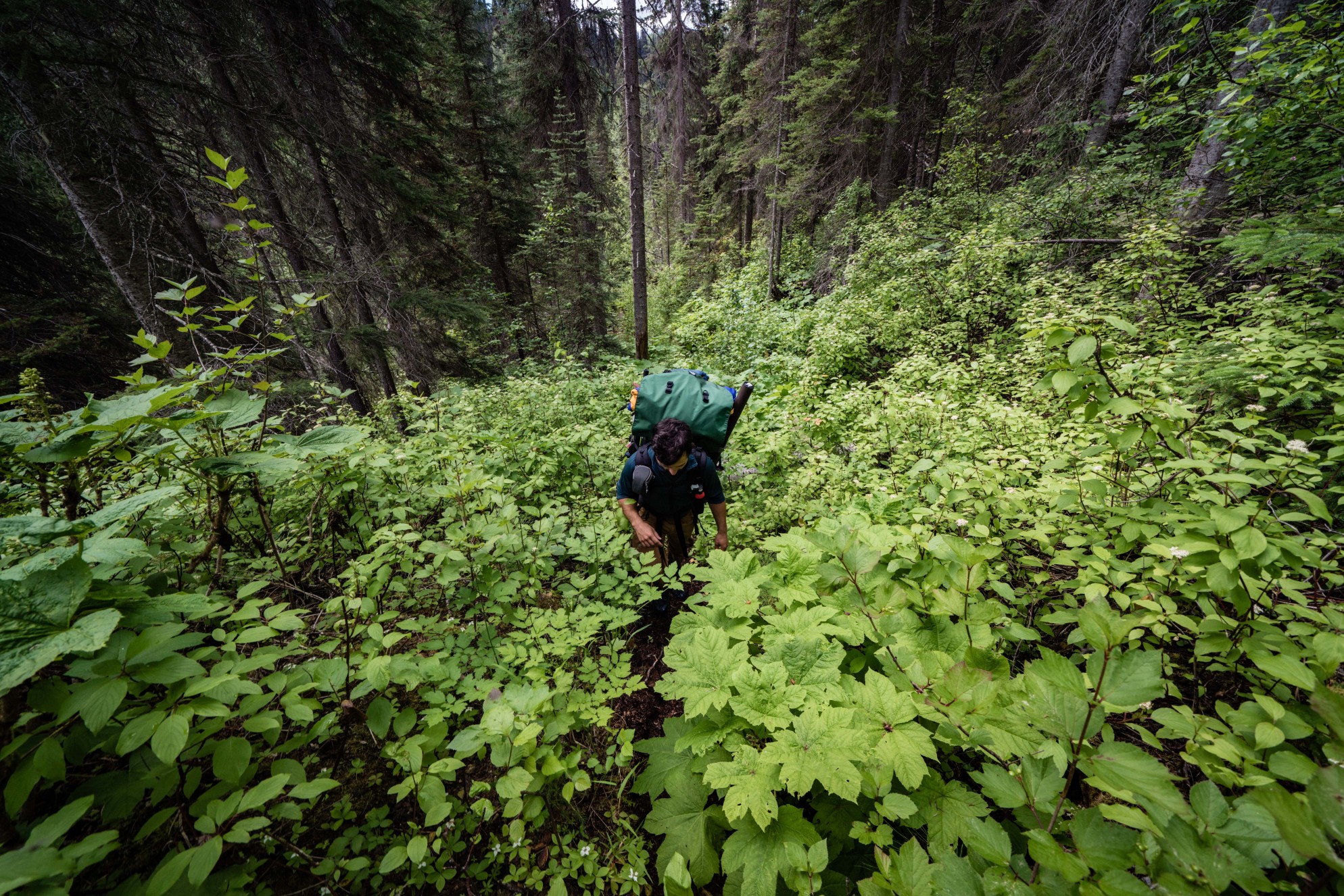In anticipation of Arbor Day, we hear a lot about the value of planting trees. There are tree planting events, companies offering to plant a tree for every item sold, and organizations claiming to offset their carbon impact through tree planting. This time every year - hot off the heels of Earth Day - tree planting is touted as the panacea for the climate crisis.
And tree planting is important. Especially in urban areas, it is an essential action in tackling climate change, the biodiversity crisis, and the nature equity gap. Urban trees alone currently store an estimated 852 million metric tons of carbon, the equivalent of taking 185 million cars off the road for a year. Planting trees provides cleaner air and canopy cover, mitigating the urban heat island effect, which can raise temperatures in cities as much as 10-15 degrees more than its surrounding areas – to potentially deadly effects. Additionally, communities of color are three times less likely to have access to nature than white neighborhoods, and planting trees in or near communities of color brings green spaces to communities that often go without.
But planting trees, alone, is not enough. That’s because planting one tree does not immediately mitigate the effects of cutting one down - especially in the short term. Bigger, older trees store up to 300 times more carbon than younger trees and act as carbon sinks. By contrast, saplings take time to build up their photosynthetic capacity to absorb and store carbon. We know the next few years are critical to influence the climate that our future generations will inherit. So, if we really want to address the threats of a warming planet, we must also keep the trees we have in the ground .
Old and mature growth trees and forests have the greatest potential to sequester and store large amounts of carbon, and to recover carbon that has been released to the atmosphere over the last 200 years. Globally, the biggest trees, those in the top percentile diameter, hold half the carbon stored in the world’s forests. Here in the US, there were 58.7 billion metric tons of carbon stored in forests in 2020. Keeping this carbon in the forests is essential to safeguarding communities from the future impacts of the climate crisis. Moreover, older trees and forests are more resilient to threats like drought and wildfire in comparison to their younger counterparts.
Last week, on Earth Day (April 22), President Biden showed that he, too, understands the value of forests in storing carbon and addressing climate change, and issued an executive order that directs federal agencies to protect mature and old growth forests on American lands. Beyond addressing the climate crisis, leaving trees where they are also ensures natural habitats are maintained. And well intentioned tree planting projects can easily go awry when invasive trees replace native ones, as trees planted in the wrong places can actually exacerbate global warming and devastate wildlife and biodiversity.
While planting trees should absolutely be a part of the climate solution, we must also allow existing trees to continue growing to their fullest ecological potential. This year, while we’re talking about the values of trees and planting trees and giving life to future forests, let’s not lose sight of our existing mature and old growth giants. They are worth more standing.
